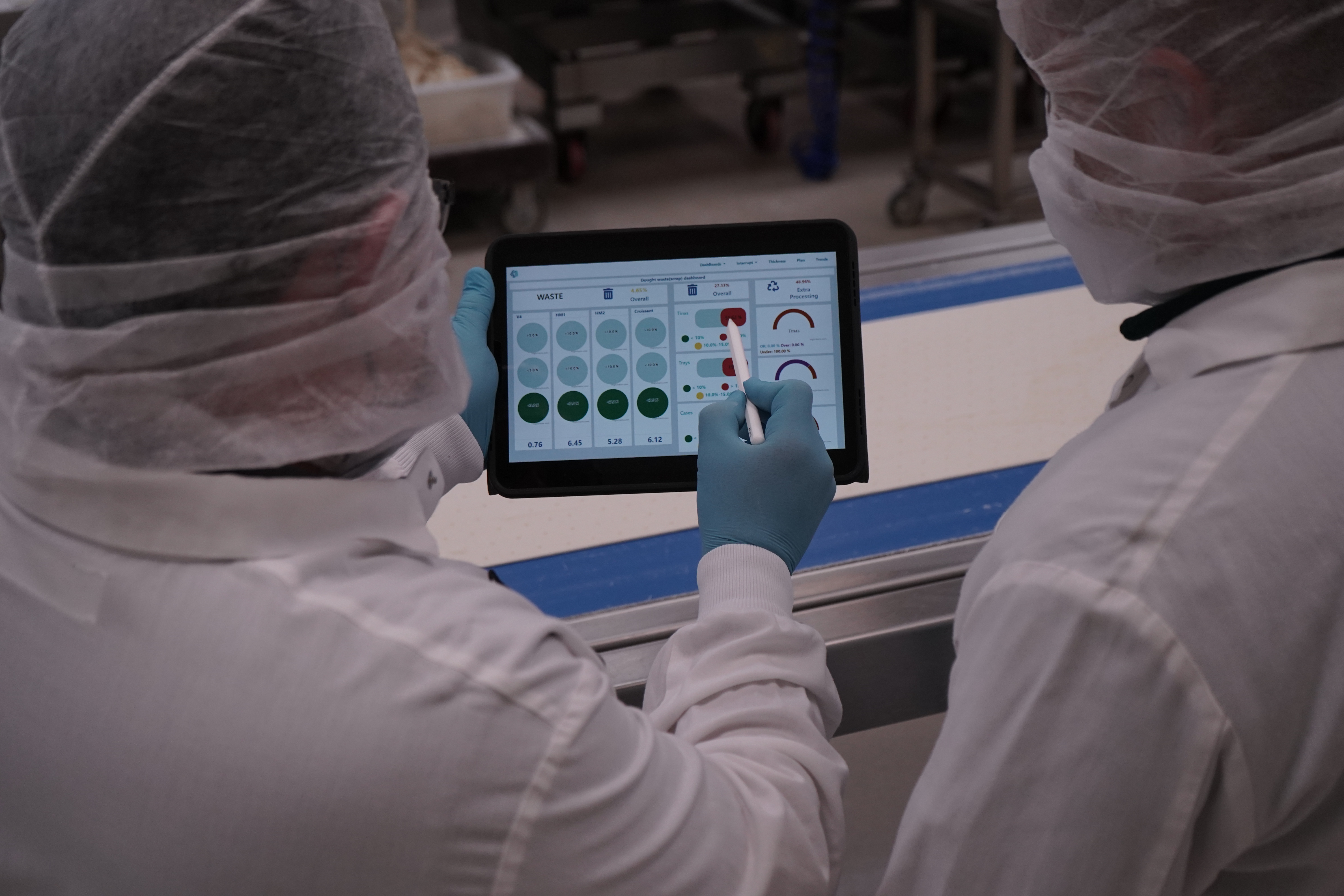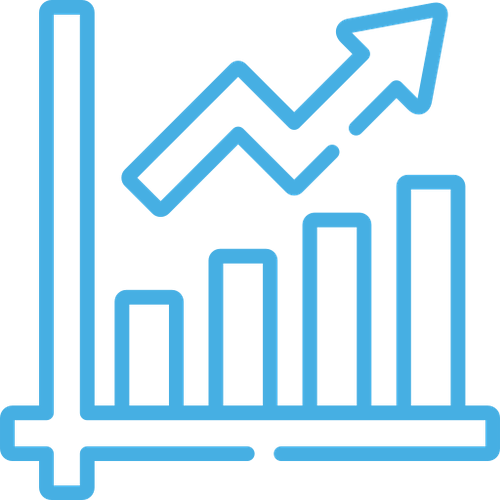Phrase
"All we are doing is looking at the timeline, from the moment the customers give us an order to the point where we collect the cash, and we are reducing the timeline by reducing the non-value adding wastes”
- Taiichi Ohno.
"All we are doing is looking at the timeline, from the moment the customers give us an order to the point where we collect the cash, and we are reducing the timeline by reducing the non-value adding wastes”
- Taiichi Ohno.
Overproduction
Waiting
Unnecessary Transport
Overprocessing or Incorrect Processing
Excess Inventory
Unnecessary movement
Defects, Rework, Scrap
Unused employee creativity
Data centralized in the Unified Namespace
Real time data analisis
Instant reports
Less time analizing data

Product
Waste Management Solution by ILS® allows you to real-time track the waste of raw materials and consumables in your manufacturing transformation processes. Nowadays, with the global shortage and increased prices of raw materials and consumables and the new challenges in logistics it becomes even more important to have tight control and minimized the waste of raw material resources caused by defects, rework, or scrap.

Read
Waste Management Solution by ILS® gives you real-time shopfloor visualization dashboards of your process waste related to defects, scrap, and rework. Shopfloor personnel can track deviations and take immediate actions to minimize waste. Waste Management Solution integrates into Escalation Management Solution by ILS® for fast communication to the process support teams you decide to include like supervisors, maintenance, and engineering.

know
With Waste Management Solution by ILS®, you can generate statistical reports and Pareto’s of the products with high defects, scrap, and rework rates. Prioritize Problem Solving activities to reduce waste in your processes.

To reference the need
The question "is one measure of the evolution of Lean in your organization the non-value-added waste? How do you measure non-value-added waste in your organization? Do you have a process to reduce the waste of your business processes? Do you have the financial values of the non-value-added waste? Do you know which of the eight types of waste is the most prominent in your organization?